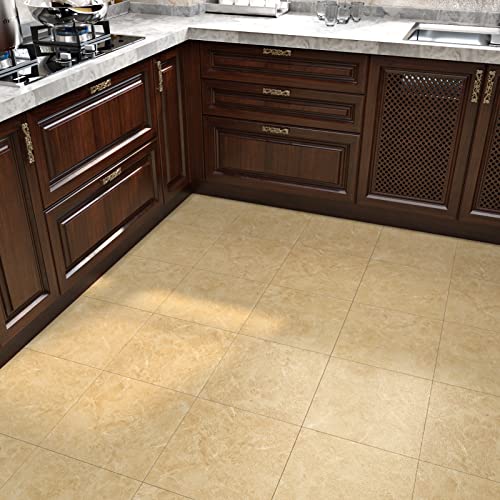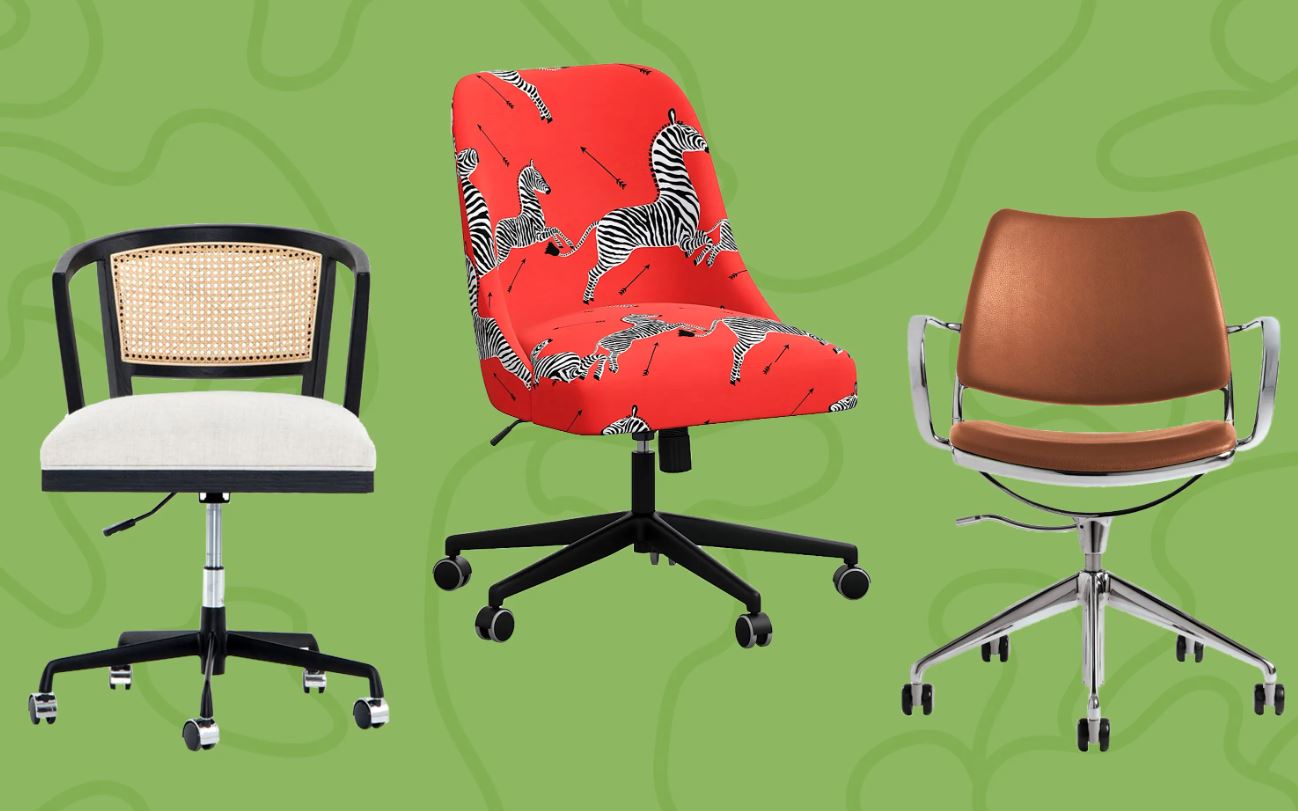Top 16 Best Floor Tiles For Living Room In 2024
Brandon Forder Apr 19, 2024 6:28 PM
How significant do you find best floor tiles for living room to be? I appreciate your help. To save you time, we'll only keep track of the most vital reviews.
Since the market is probably saturated with the best floor tiles for living room, it may be difficult to narrow it down. Please find below a compilation of the most popular 16 keyword searches from 2024. Our staff has devoted many hours to studying the issues at hand. Look at this!

Compare Products
Last update on 2024-04-19 / Affiliate links / Images, Product Titles, and Product Highlights from Amazon Product Advertising API
What are floor tiles and how do they come in different varieties?
Ceramic is one of the most commonly used materials for floor tiles. It is durable, inexpensive, and comes in a variety of colors and finishes. However, it is not ideal for rooms with a lot of moisture or foot traffic.
Porcelain is another common material used for floor tiles. It is very durable, resistant to moisture, and stain resistant. Porcelain tiles are expensive, but very durable.
Stone tiles are another common type of floor tiles. They are made from natural materials like granite or slate. They are very durable and are a good investment. However, they are expensive, and harder to care for.
Mosaic tiles are another option. They are small pieces of tile that are pieced together to create a pattern. They are manufactured and come in many colors, patterns, and textures.
How to choose floor tiles for living room.
Choosing floor tiles for living room, foyer, bathroom, kitchen, and patio is not an easy task as you have to consider various aspects such as design, color, style, etc. Also, you have to choose floor tile accordingly to your flooring design.
You have to decide between glazed ceramic tile, patterned ceramic tile, glazed porcelain tile, and natural stone tile. But before you do that, you have to consider some factors.
Design: You have to decide between geometric or flowing designs. A geometric design includes squares or hexagons, whereas a flowing design includes organic shapes such as circles, ovals, and triangles.
Style: Decide between modern style, post-modern style, or vintage style. A modern style has clean sharp edges, whereas a post-modern style has uneven edges. A vintage style has rustic texture.
Color: Determine the right color according to the color scheme of your home. For example, if you have a light colored home, choose light colored floor tiles.
Material: You have to choose between ceramic tile, porcelain tile, natural stone, and glass tiles.
Which types of flooring works best for living rooms.
Choosing the right flooring for your living room is important, not only because it will make your home look stylish, but it will also make it more comfortable to live in. Here are a few things to consider when choosing flooring for your living room:
Size and shape: When choosing flooring for a living room, you'll want to take into account the size and shape of the room. Make sure to select flooring that will fit the dimensions of the room without being too cramped or too wide. You may also want to consider flooring that is patterned or has a texture to it to add a bit of interest.
Carpet vs tile: When it comes to flooring for a living room, you have two options: carpet or tile. Carpet is a more traditional choice, and it's typically more affordable than tiles. Tiles are more modern and have a more contemporary look, but they can be more difficult to clean and require more care.
Which type of flooring is best for your home? The answer is both! Flooring is a great way to add style and comfort to your home, and there are a variety of options available that will fit your needs. So, don't be afraid to try different types of flooring in your living room to see which one works best for you.
How to pick the right flooring material for your home.
There are many flooring materials that you can choose from. Generally, the type of flooring material that you select will depend on your needs and budget. Some of the most popular flooring materials include vinyl, tiles, laminate, hardwood, and carpet.
Vinyl flooring is a very popular flooring option because it is easy to install, is more affordable than other flooring materials such as hardwood or tile, and can be cleaned with a mop. Vinyl flooring can be a nice flooring material to use as a temporary flooring solution in high-traffic areas.
Tile flooring is a great option if you are looking for a flooring material that you can install yourself without hiring a contractor. Tile is also a very popular flooring option that is less expensive than hardwood. Tile flooring is easy to maintain and is very durable.
Laminate flooring is easy to install, easy to clean, and more affordable than most other flooring materials. Laminate flooring also tends to mimic the look of more expensive flooring materials such as hardwood and tile.
Hardwood flooring is a beautiful flooring material that offers more design options than other flooring materials. Hardwood flooring is an expensive flooring option, however, so it is one of the more expensive flooring material options available on the market.
Carpet is an affordable flooring material that is soft and comfortable to walk on. Carpet is also one of the most versatile flooring materials used in homes. It can be a nice flooring material to use on stairs, in bedrooms, and in living rooms.
Pros and cons of different types of flooring materials.
Before deciding on a floor for your house, consider all the pros and cons.
Pros:
Hard and easy to clean: Vinyl and tiles can be easily cleaned.
Great for high-traffic areas: Vinyl flooring or floor tile is good for high-traffic areas.
Good for kitchens: Tile flooring prevents water from being absorbed, making it a good choice for kitchens.
Cons:
Not eco-friendly: Vinyl, tile, and wood flooring are made from non-renewable resources and are not eco-friendly.
High cost: Vinyl and wood flooring can be quite expensive, but floor tiles are much less expensive.
Poor quality: Vinyl and tiles can become brittle and crack with repeated use, while wood flooring can be damaged by water absorption.































